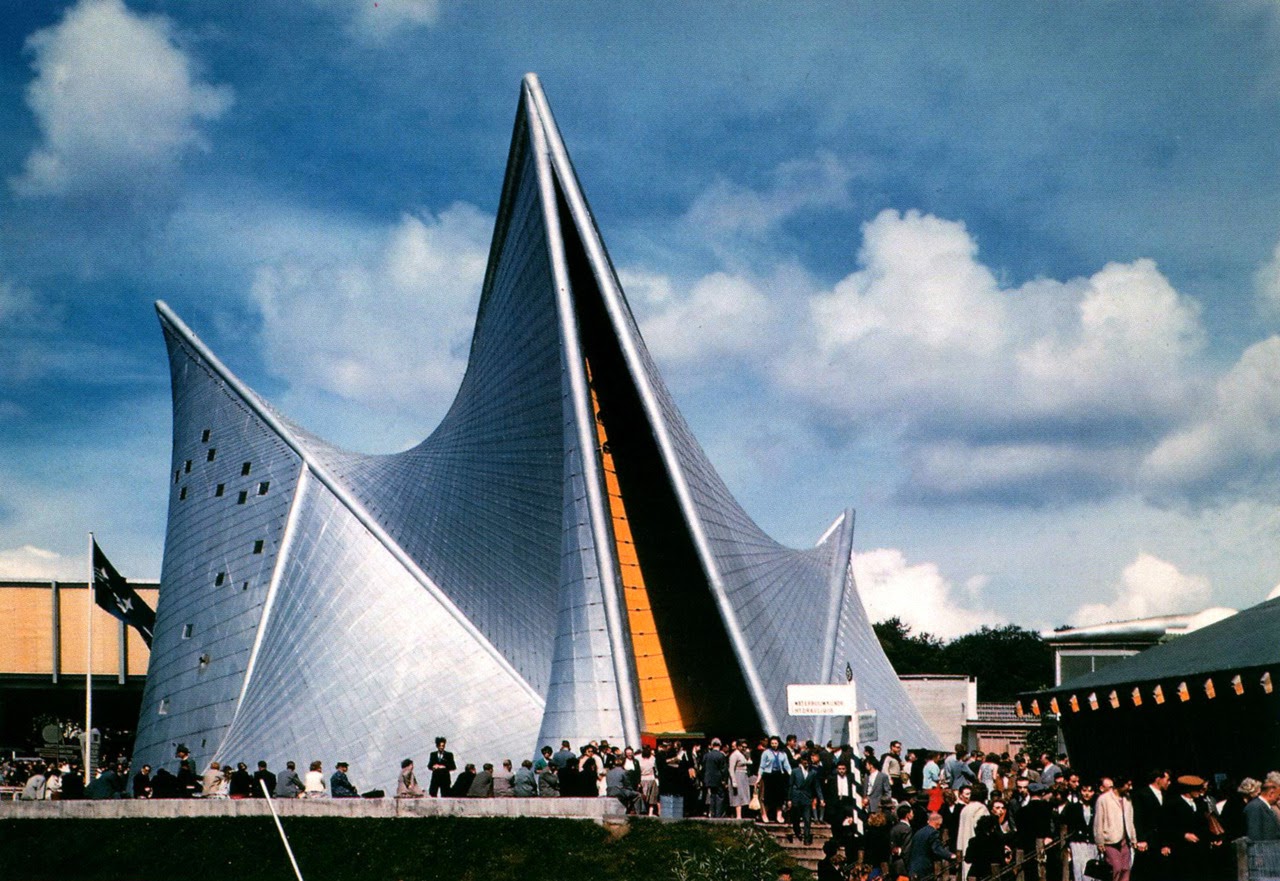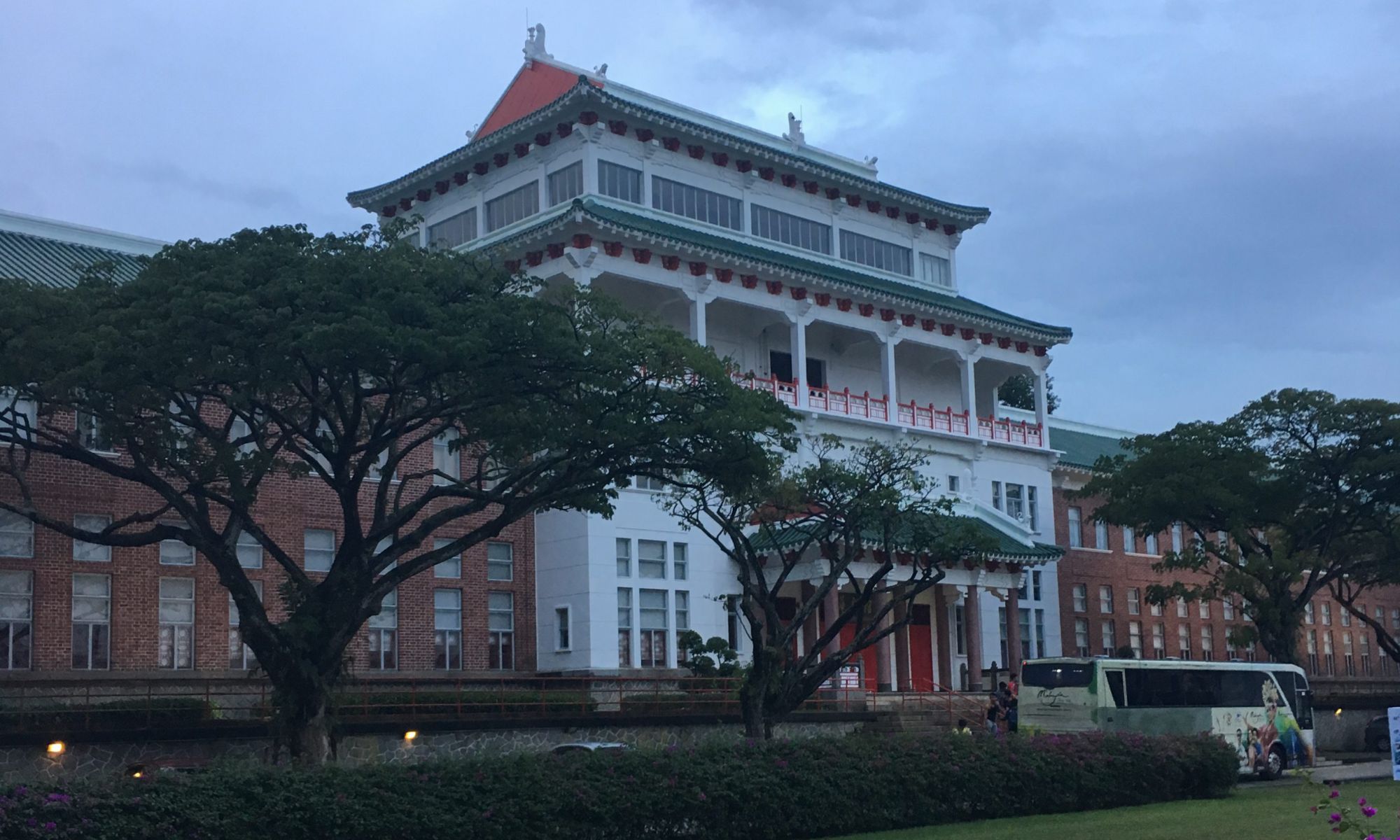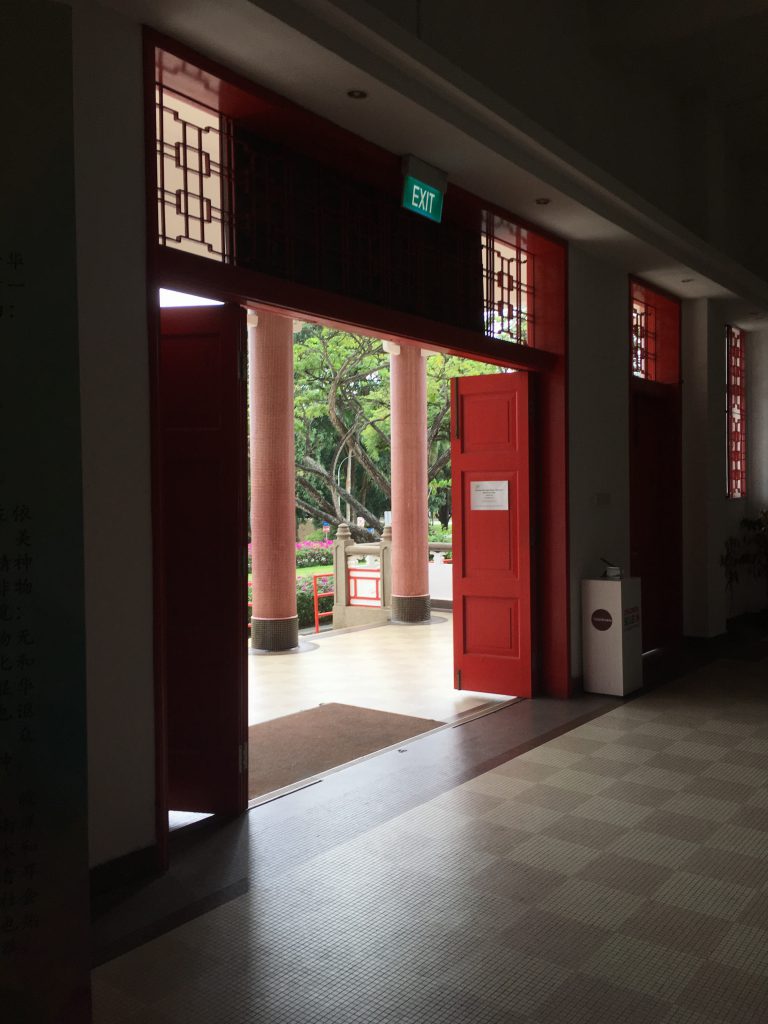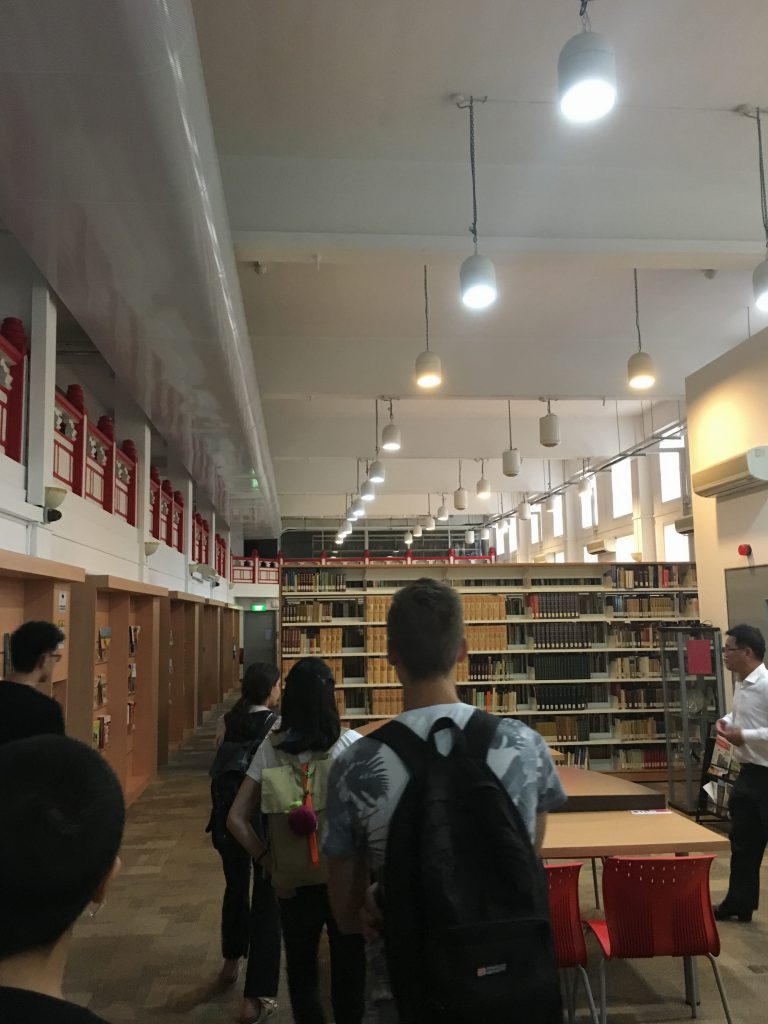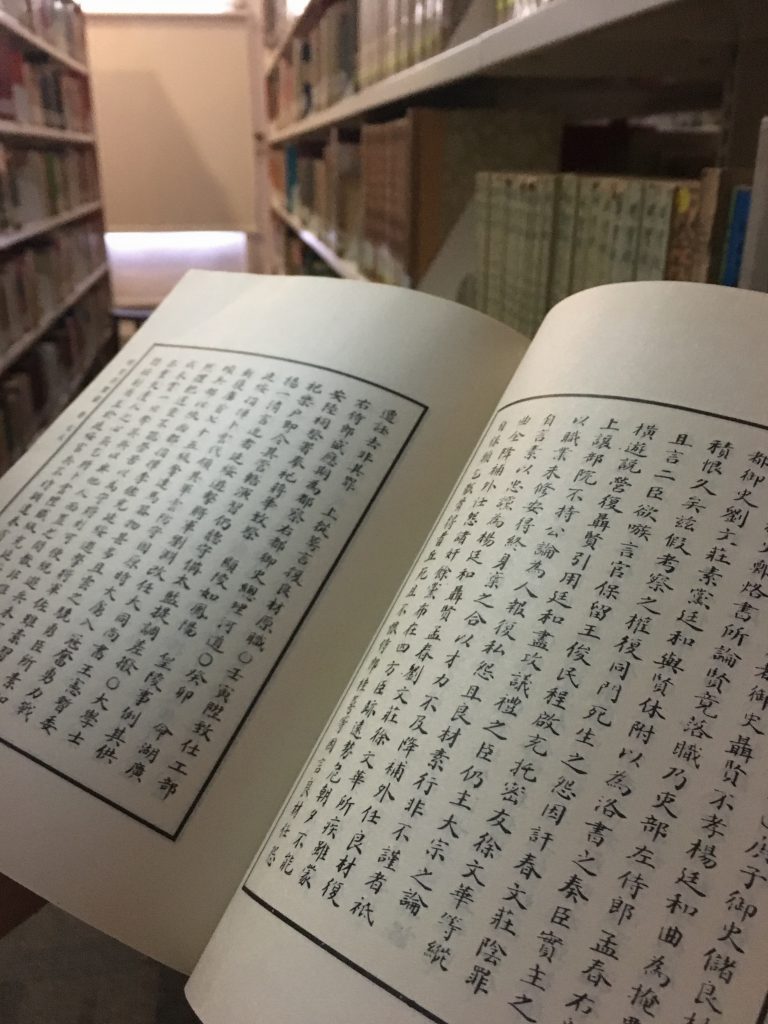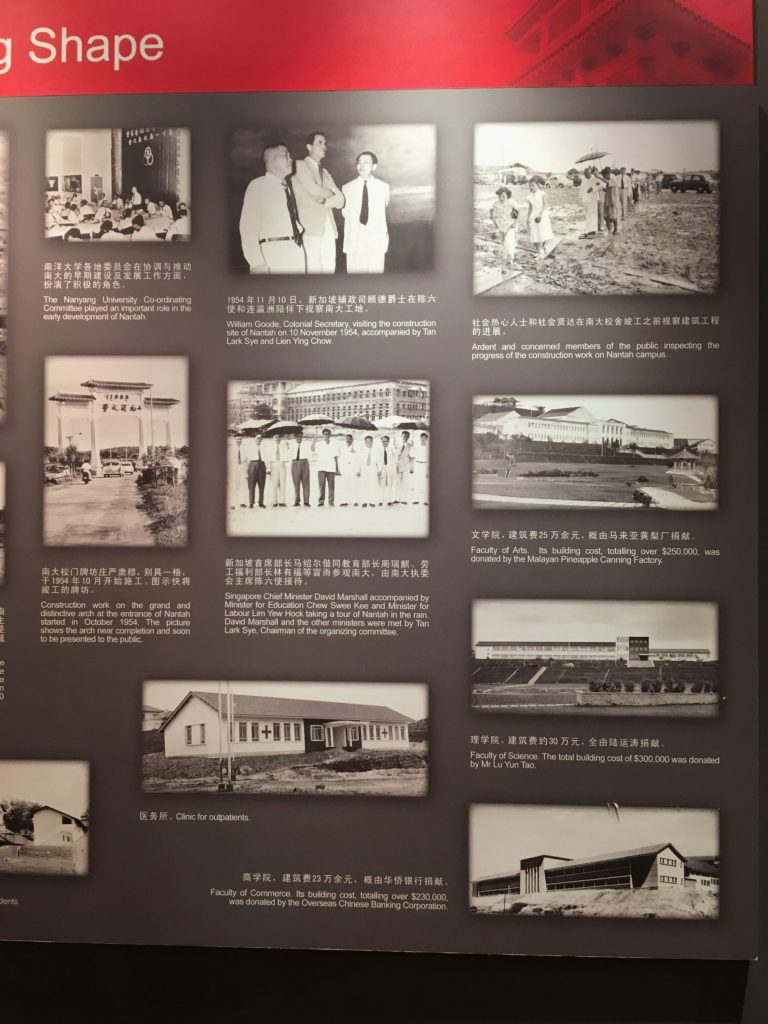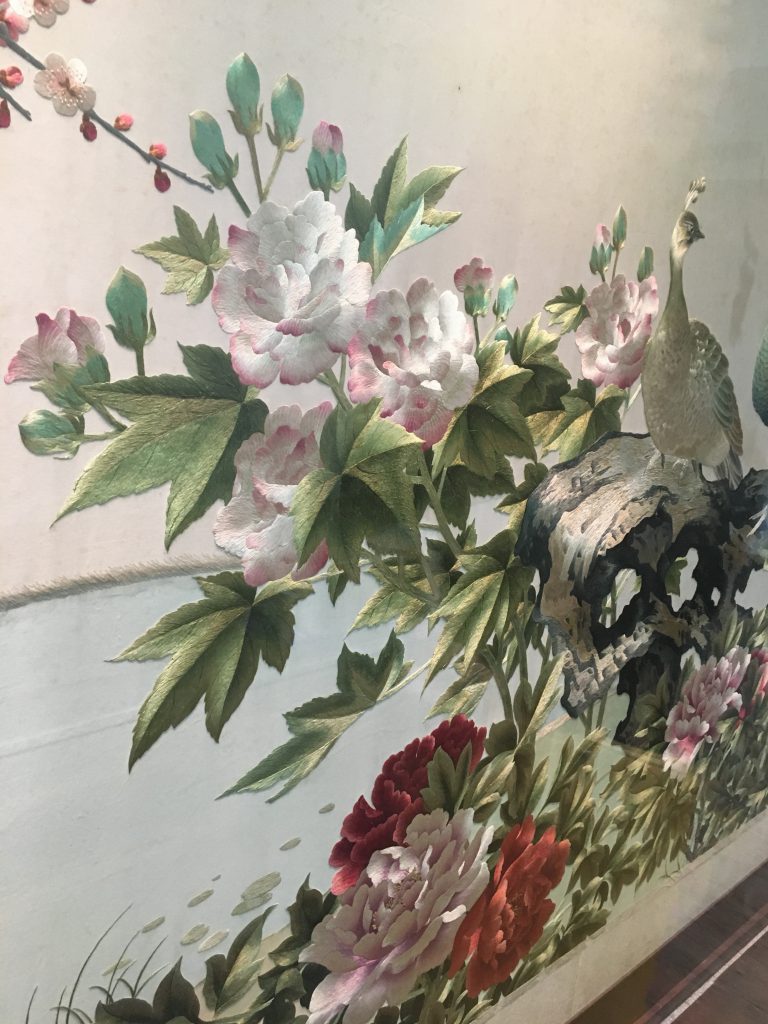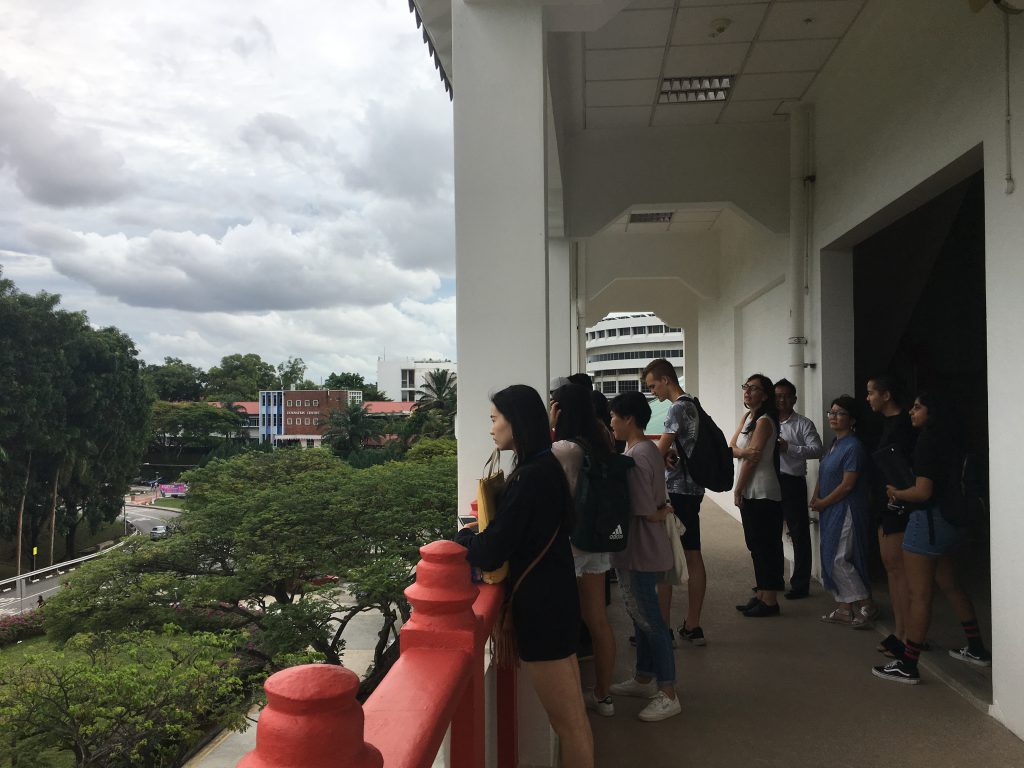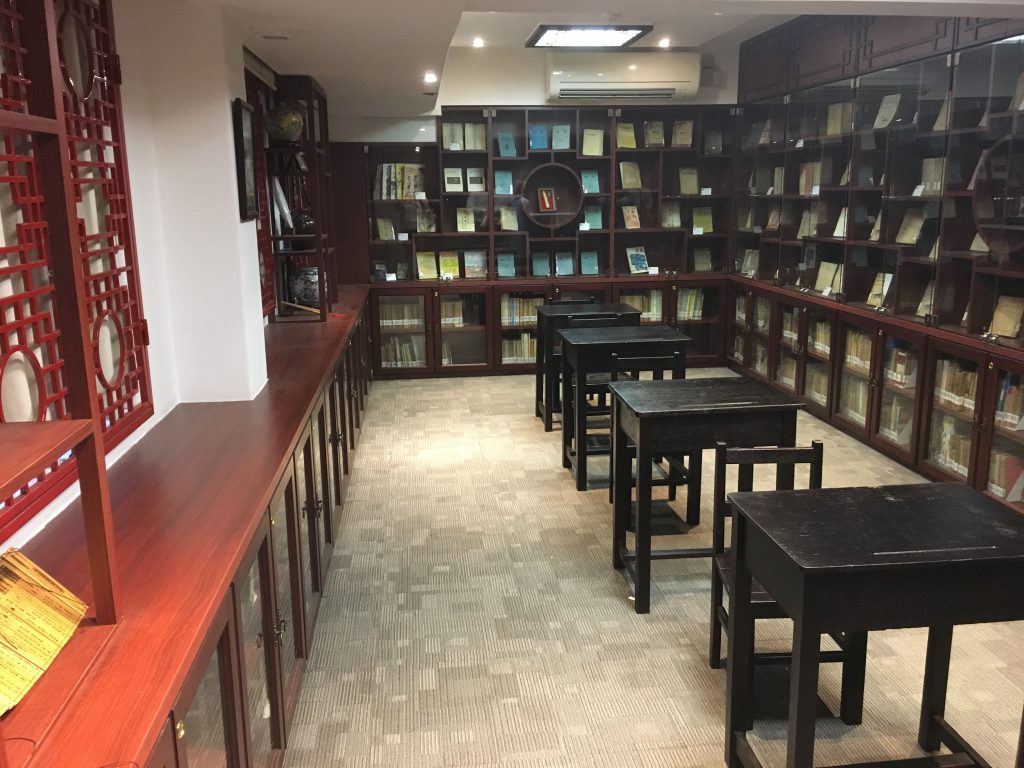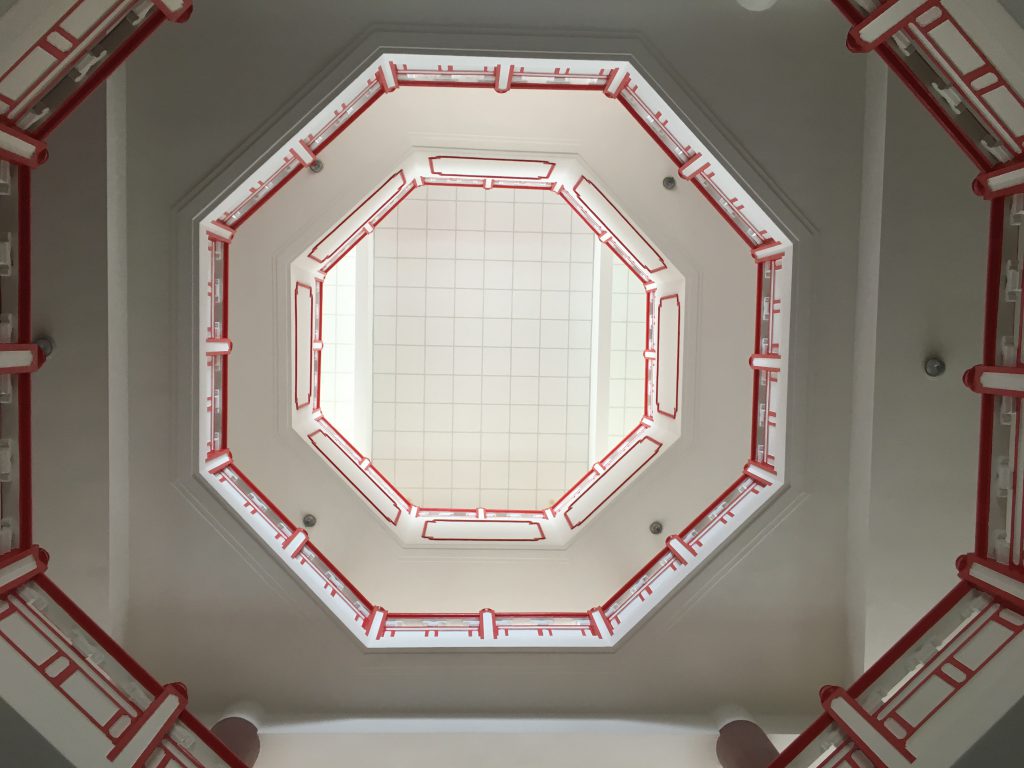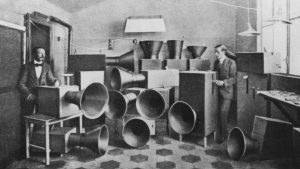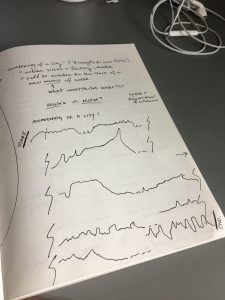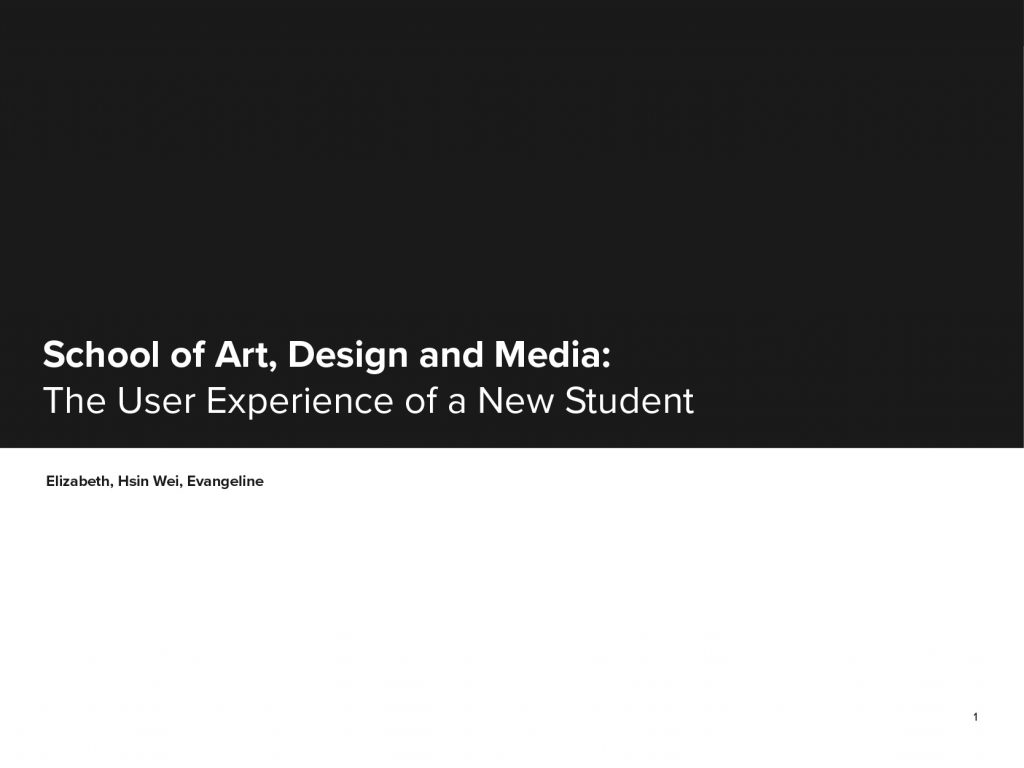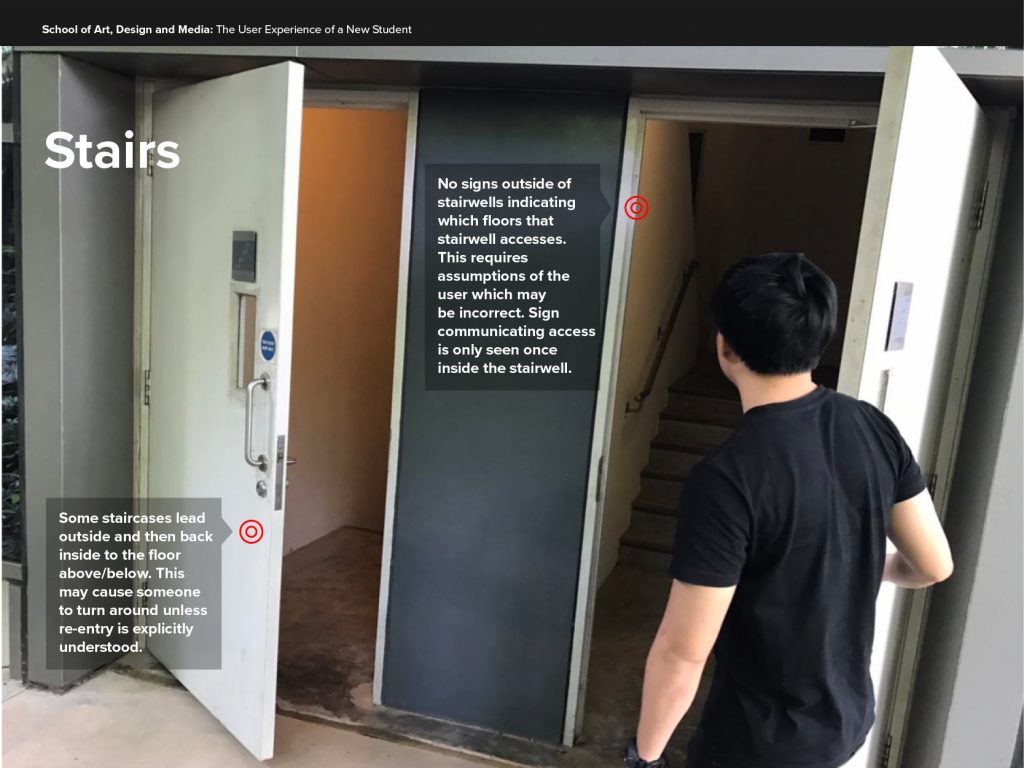In Liberation of Sound, Edgard Varese justifies his vision for new instruments that will create harmonic possibilities far beyond what existed in 1936, a call to create “an entirely new magic of sound”. There seemed to be a focus in moving away from linear movement of sound masses towards three-dimensional movement of sound masses, triggered by compositions of sounds reflecting off each other and combining with others. Some sounds may collide to form new sounds otherwise incapable of being produced, while others may be pushed away or reverberated. Although I do not have much background in music, it makes sense that moving across planes at various speeds and at different angles contradicts the linear sequence of single notes in a melody, thus creating new melodic sounds not able to be produced by the limitations of current instruments.
Varese foreshadows or predicts the rise of electronic music that was to come, but explains it in such a way that reverts back to previous ways of showing musical sounds. His comparison relates electronic sound music to the more organic graphical representations of music from before staff notation with its rigidity and precision. With more fluid sound compositions created from new machines, Varese notes much more is possible including the subdivisions of octaves, extreme high and low registers, and subharmonic combinations – that is with proper composing by an artist. Clearly, Varese’s essay and work Poeme Electronique were groundbreaking during his time. Poeme Electronique started off with the familiar sound of church bells and then abruptly transitioned to high pitched electronic sounds people in the 1930s probably had never heard (or recognized hearing) before. The piece has many pauses and composes sounds reminiscent of nature, environments, machinery, echos, people and materials. Overall, the composition had great diversity of texture, as if you could feel or touch what you were hearing, even if it wasn’t the most pleasing combinations of noises to my hear.
From both the essay and electronic work, it’s clear how Varese’s goal was to shift music in a new direction that would open up opportunities for new sound exploration. He gives clear respect for how music has evolved up until his day and with his writing attempts to free sounds of strict parameters that defined music so as to create a greater expanse of where music might go.

